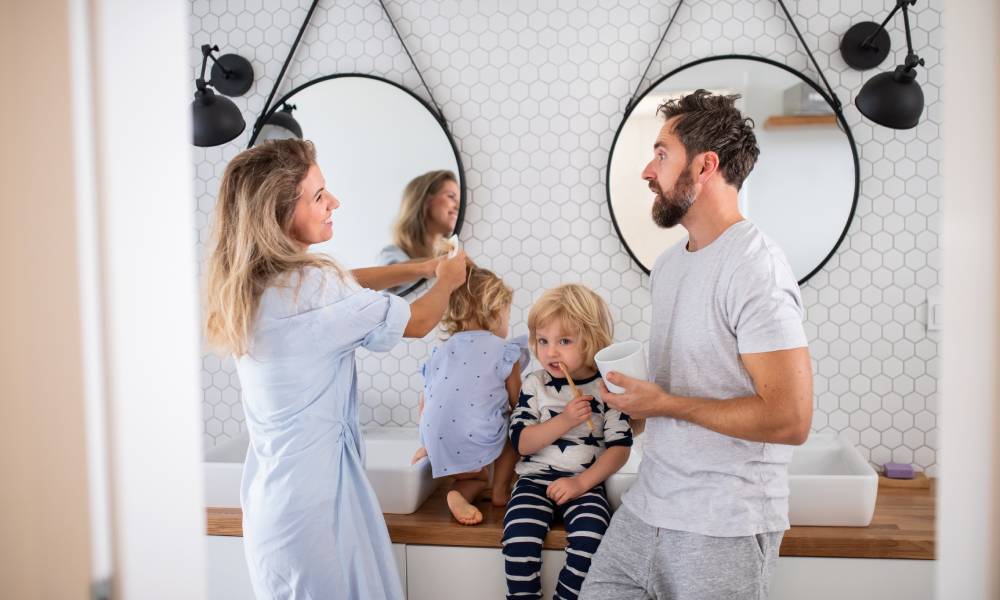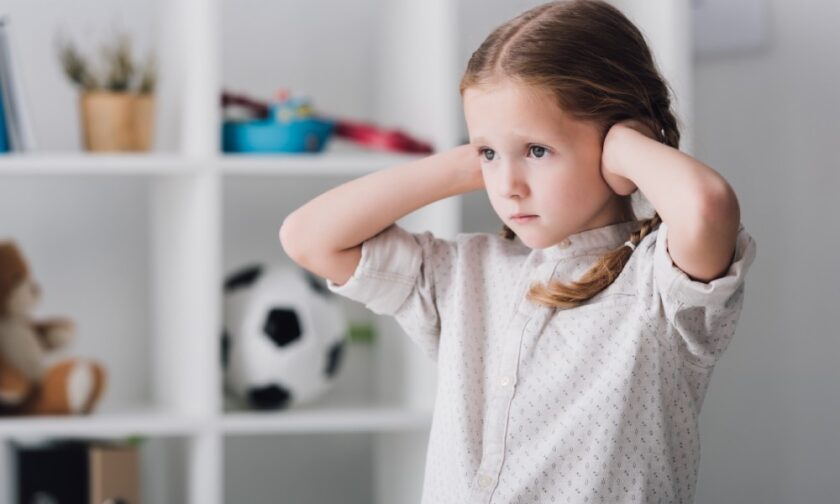Navigating life after an autism diagnosis can feel challenging and rocky. For parents, caregivers, and loved ones, the sudden whirlwind of emotions and the multitude of new considerations can be overwhelming. Amidst the series of adjustments and learning curves, establishing a solid routine becomes a comfort and a necessity that can profoundly affect your child’s development and your family’s well-being. We study the importance of routine after an autism diagnosis down below.
The Essential Anchor of Routine
After an autism diagnosis, routine isn’t just beneficial; it’s a lifeline. A routine provides structure in a world that can often feel chaotic for a child with autism. By creating predictability, we give them the tools to understand and anticipate their environment, reducing anxiety and aiding in behavioral management. This predictability is especially crucial in educational settings, where a smooth routine can enable focused learning and socialization.
Crafting Your Canvas of Daily Familiarity
You can carefully craft a successful routine to suit your child’s unique needs while encompassing the essential components of daily living, such as mealtimes, play, and rest. It’s a delicate balance of structured activities and periods of free exploration that accommodate individual interests and sensory profiles. The key to its effectiveness is its predictability and the embedded flexibility needed to adapt to the unexpected nuances of life.
Post-Diagnosis Routine Building
It’s vital to be patient with the process when establishing your child’s routine. Rushing it may lead to resistance from your child, which is counterproductive. Several dos and don’ts after a child’s autism diagnosis will challenge your routine but do engage with your child’s therapists and educators to ensure consistency across all areas of their life. However, don’t create an overly rigid schedule that doesn’t allow spontaneity. Flexibility is vital for growth and development.
Life in a Healthy Routine
From personal accounts to professional insights, there’s no shortage of stories illustrating the transformative power of routine in the lives of children with autism. A routine can create a safe space where your child can navigate challenges and foster new skills. When assimilated into a familiar sequence of events, parents often find that meal preparation or bath time can become opportunities for connection and learning.
Overcoming Hurdles
Building and maintaining a routine can feel like a rollercoaster ride full of trial and error. Common issues might include resistance to change, sensory sensitivities, or simply a transition period in the child’s life. The solution often lies in creating visual schedules, maintaining clear communication, and drawing on the support of a community that understands your child’s needs.
Long-Term Benefits of Structured Consistency
The rewards of committing to a routine are evident, short- and long-term. Over time, it can lead to improved independence, enhanced life skills, and a better quality of life for your child. The small victories along the way add up and paint a picture of progress that’s as unique as the child it represents.
Routine shines as a beacon of comfort and stability in the landscape of autism. By artfully weaving it into the fabric of your child’s life, you’re fostering an environment where they can bloom.
Remember, you’re not alone. Share your experiences, learn from others, and celebrate the remarkable growth that comes from the everyday dedication to a life lived by routine. We hope you find this exploration of the importance of routine after an autism diagnosis helpful in your home.






